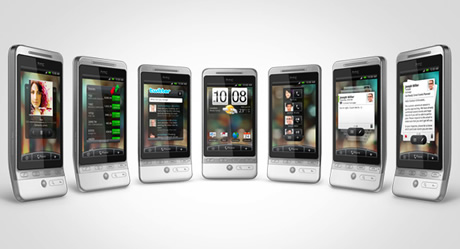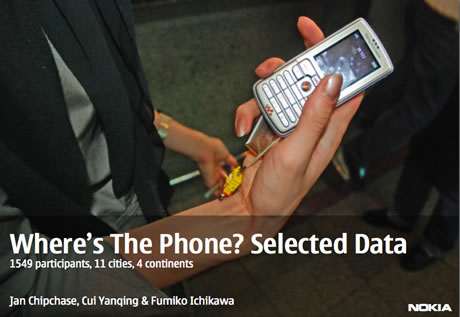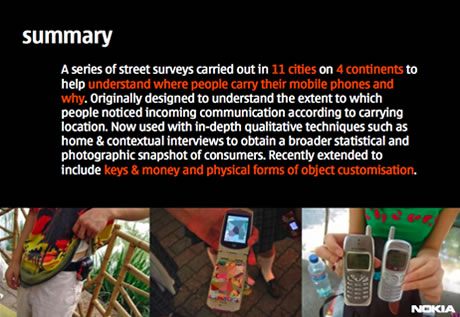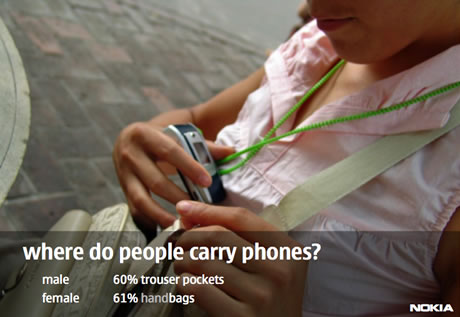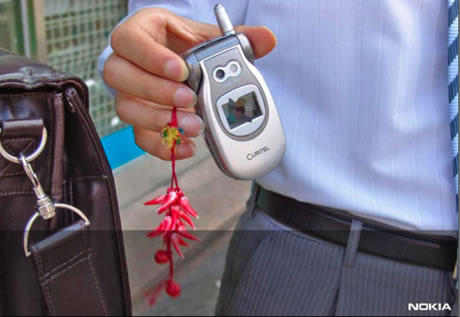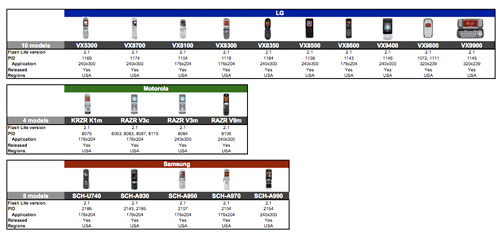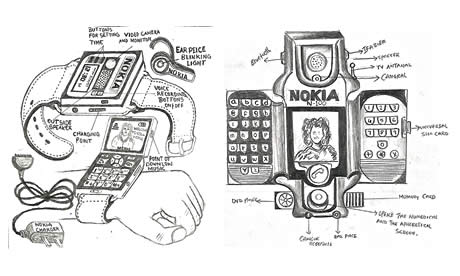
Azingo has integrated Adobe Flash Lite into its advanced mobile browser enabling the display of animated web content and videos and making Adobe Flash available on a Linux mobile platform. Azingo also announced integrated support for rich mobile applications based on Adobe Flash Lite.
This collaboration enables Azingo Mobile customers to strongly differentiate their mobile devices by offering a richer web experience and dynamic, animated applications that leverage the power of mobile Linux. Based on LiMo Foundation software and leveraging the economies of open source innovations, Azingo Mobile provides a less costly and more flexible platform for designing and deploying mobile devices.
Azingo Mobile now delivers rich Flash-based content offering advanced browsing of most Flash-based websites and enabling the display of animations and Flash Player compatible videos that make the mobile Web experience more familiar and complete. Integrated support for Flash Lite applications means that these applications can be immediately deployed on handsets based on Azingo Mobile.
“The Azingo/Adobe collaboration provides customers with the most complete mobile browsing experience on mobile devices available today. We’re very pleased to be working with Adobe to offer the mobile industry ever richer mobile experiences, incorporating the latest and most innovative applications on Azingo Mobile,†said Mahesh Veerina, president and CEO of Azingo.
“We are committed to providing rich user experiences through Flash across a broad number of devices and mobile platforms in the world,†said Gary Kovacs, vice president and general manager, Mobile and Devices at Adobe. “Azingo has provided a fast and comprehensive integration of Flash Lite, opening the world of mobile Linux to Flash developers and enabling rich web browsing experiences for mobile phone users worldwide.â€
vivek
